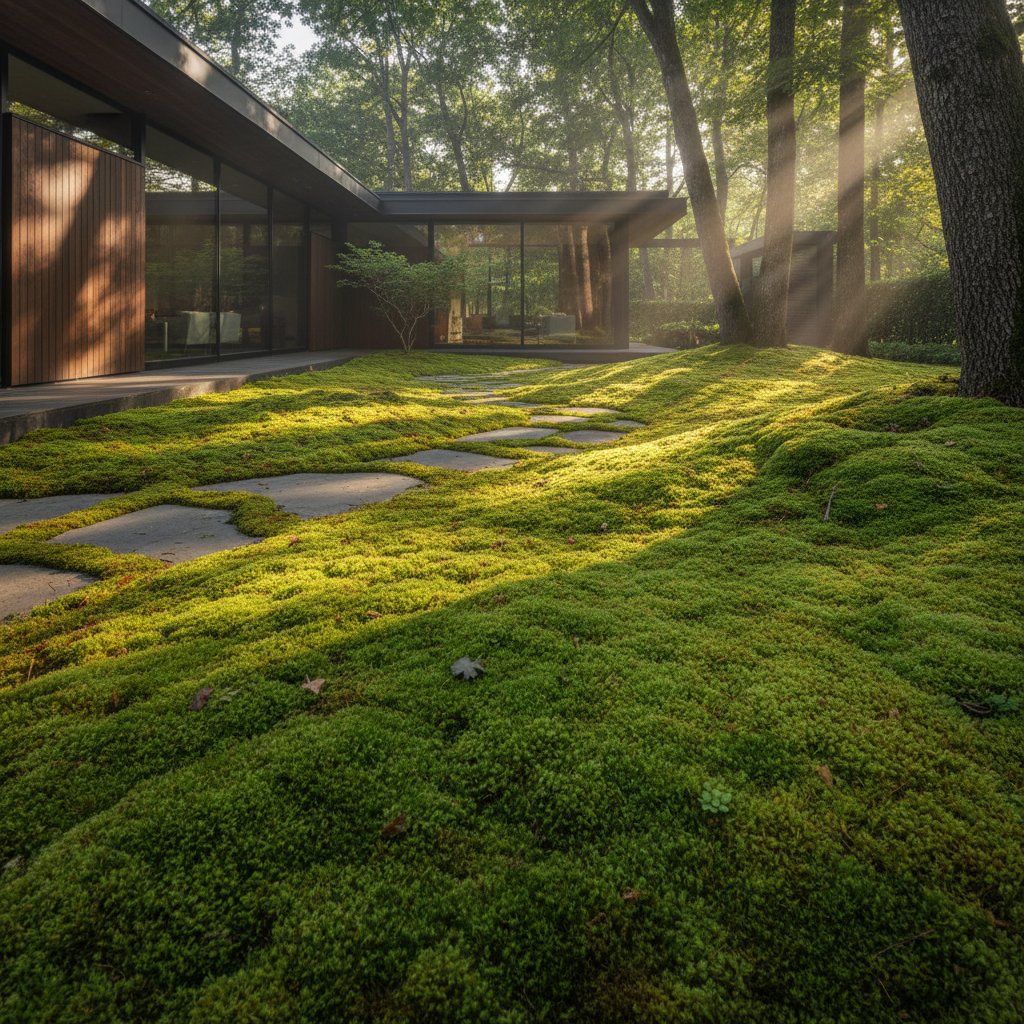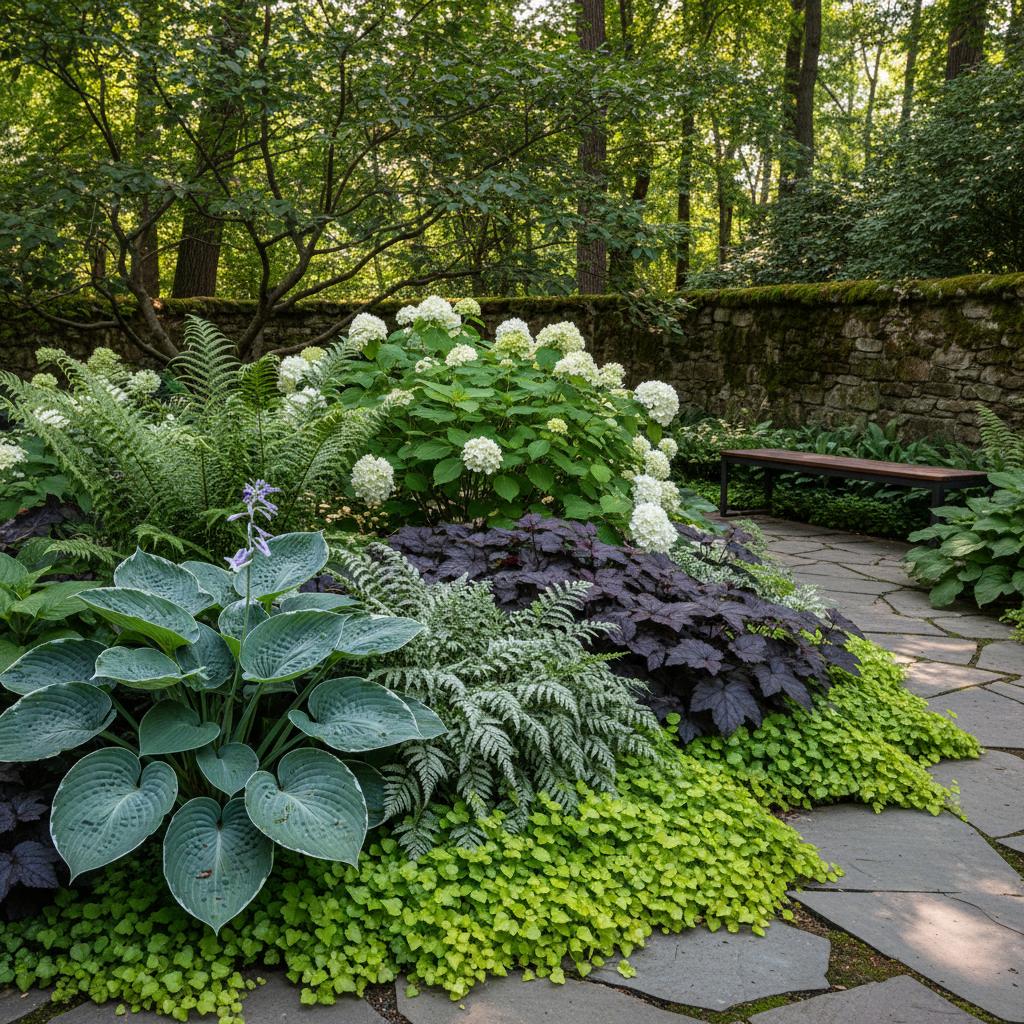Edible Hedges That Provide Privacy and Fresh Fruit
Homeowners often seek ways to enhance yard privacy while adding vitality and utility to their outdoor spaces. Edible hedges address these needs by serving as living barriers that produce food. These plantings replace rigid fences with dynamic screens that evolve with the seasons and contribute to a purposeful landscape.
Why Choose Edible Hedges
Standard hedges focus primarily on screening views and defining boundaries. Edible varieties extend this role by supplying fresh produce, such as berries or herbs, directly from the plants. This dual function maximizes limited yard space, allowing every boundary element to contribute nutritional value.
These hedges also foster biodiversity. Flowering species draw pollinators, while fruit attracts birds, establishing a supportive habitat. Such ecosystems enhance yard resilience and create a vibrant, interconnected environment.
Assessing Your Space and Needs
Evaluate your yard to identify privacy priorities, such as areas near streets or neighboring properties. Measure sunlight exposure, test soil pH and drainage, and review your USDA hardiness zone to inform selections. These factors determine which plants will establish successfully.
Full-sun locations suit acid-loving shrubs like highbush blueberries, which require pH levels between 4.5 and 5.5. Partial-shade spots favor serviceberry or gooseberry, both adaptable to 4-6 hours of daily light. For poor soils, opt for sea buckthorn, which tolerates alkalinity up to pH 8.0 and saline conditions.
Consider desired height: low-growing options like dwarf currants reach 3-4 feet for subtle screening, while taller elderberries exceed 8 feet for complete seclusion. Document these specifications to guide purchases and ensure alignment with your daily routines.
Planning Your Edible Hedge
Design begins with site analysis, followed by layout sketching. Incorporate multiple species for depth: position back-row plants like hazelnut at 6-8 feet tall, mid-layer currants at 4-5 feet, and front-edge herbs at 2 feet. This layering promotes fullness and year-round interest.
Space plants according to mature dimensions; for instance, allow 4-6 feet between blueberries to prevent overcrowding and ensure air circulation. Initial gaps fill over 2-3 years as branches interconnect, forming a cohesive barrier.
Integrate evergreens for winter structure. In zones 8 and warmer, bay laurel maintains foliage through frost, complementing deciduous fruits that offer seasonal blooms and harvests. Adjust plans based on wind exposure to select wind-resistant varieties.
Choosing the Right Plants
Select plants that balance ornamental qualities with productivity. Prioritize native or regionally adapted cultivars for lower maintenance and higher yields.
- Blueberries: Compact shrubs with evergreen leaves in mild climates; harvest sweet berries in midsummer. Amend soil with peat moss for acidity and plant in clusters for cross-pollination.
- Serviceberries: Multi-stemmed trees or shrubs bearing blueberry-like fruits; enjoy edible berries and red fall foliage. They adapt to urban pollution and clay soils.
- Currants and Gooseberries: Thorny or thornless options for tart fruits used in pies or sauces; prune annually to sustain production. Red, black, or white varieties provide color diversity.
- Elderberries: Fast-growing to 10 feet, with white flower clusters for teas and dark berries for jams; cook berries to remove mild toxicity. Sambucus canadensis suits cold zones.
- Hazelnuts: Nut-producing shrubs forming thickets; harvest in fall after leaves drop. American filbert hybrids resist eastern filbert blight.
- Rugosa Roses: Salt-tolerant with pink blooms and vitamin-rich hips for tea; shear post-bloom for density. They thrive in coastal or exposed sites.
- Bay Laurel or Rosemary: Aromatic evergreens for Mediterranean climates; clip for culinary leaves. Use as accents in mixed hedges for scent and texture.
Consult local extension services for zone-specific recommendations to avoid common pitfalls like frost damage.
Planting and Early Care
Choose spring or fall for planting when temperatures range from 50 to 70 degrees Fahrenheit. Prepare the site by tilling 12 inches deep and incorporating 2-3 inches of compost to boost organic matter.
Dig holes twice as wide as root balls, positioning plants at the same depth as in nursery pots. Water thoroughly to settle soil, applying 1-2 gallons per shrub initially.
Apply 2-3 inches of organic mulch, such as bark chips, extending to the drip line but avoiding trunk contact. Monitor soil moisture weekly during establishment, supplementing with deep soaks every 7-10 days in dry weather.
Prune tips of new growth in the first season to encourage bushiness. Stake tall species against wind until roots anchor firmly.
Maintaining a Healthy and Productive Hedge
Prune annually to sustain vigor: for currants, remove one-third of oldest canes at ground level post-harvest. Thin elderberries by cutting back to live buds, targeting 6-8 strong stems per plant.
Apply a 10-10-10 fertilizer or compost tea in early spring, at a rate of 1 pound per 100 square feet. Scout for aphids or powdery mildew weekly, treating with a horticultural oil spray diluted per label instructions.
Harvest ripe fruits to stimulate further production; for blueberries, pick every 3-4 days during peak season. Install bird netting over 4-6 foot sections if losses exceed 20 percent of yield, removing it after harvest to allow foraging.
Enhancing Seasonal Interest
Edible hedges transform with the calendar. Spring features pollinator-attracting flowers, such as serviceberry's star-shaped blooms. Summer delivers ripe fruits amid lush foliage, while autumn brings berry clusters and leaf color shifts from yellow to crimson.
Winter reveals architectural branches; evergreens like rosemary provide persistent green. Mix textures, such as broad hazelnut leaves with fine rosemary needles, to create dynamic borders.
Underplant with low-growers like mint for ground cover, or espalier fruit branches against supports for added dimension. These adjustments refine the hedge's role in your overall garden composition.
Sustaining Long-Term Growth
Allow 2-3 years for hedges to mature, during which yields double annually with proper care. Monitor for nutrient deficiencies, such as yellowing leaves indicating iron needs in alkaline soils, and amend accordingly.
Expand the hedge by propagating cuttings from established plants, such as rooting rosemary stems in moist sand. Integrate companion features like gravel paths for easy access during harvests.
This approach yields a resilient boundary that secures privacy while delivering ongoing rewards. Regular observation ensures the hedge adapts to your evolving needs, fostering a harmonious yard ecosystem.



